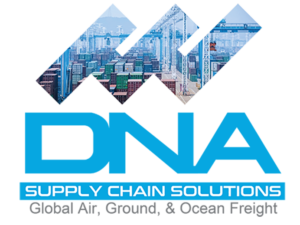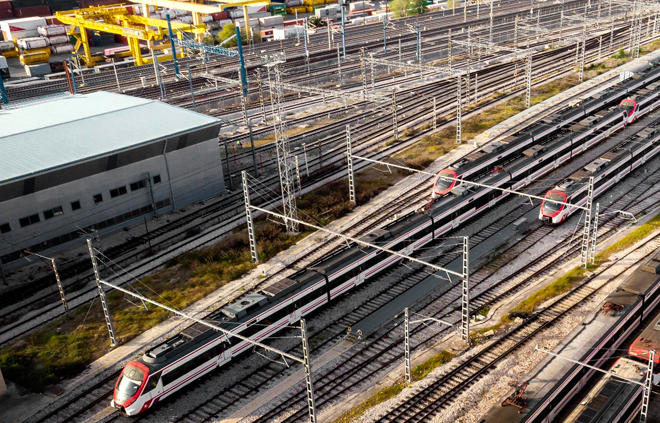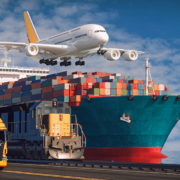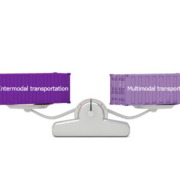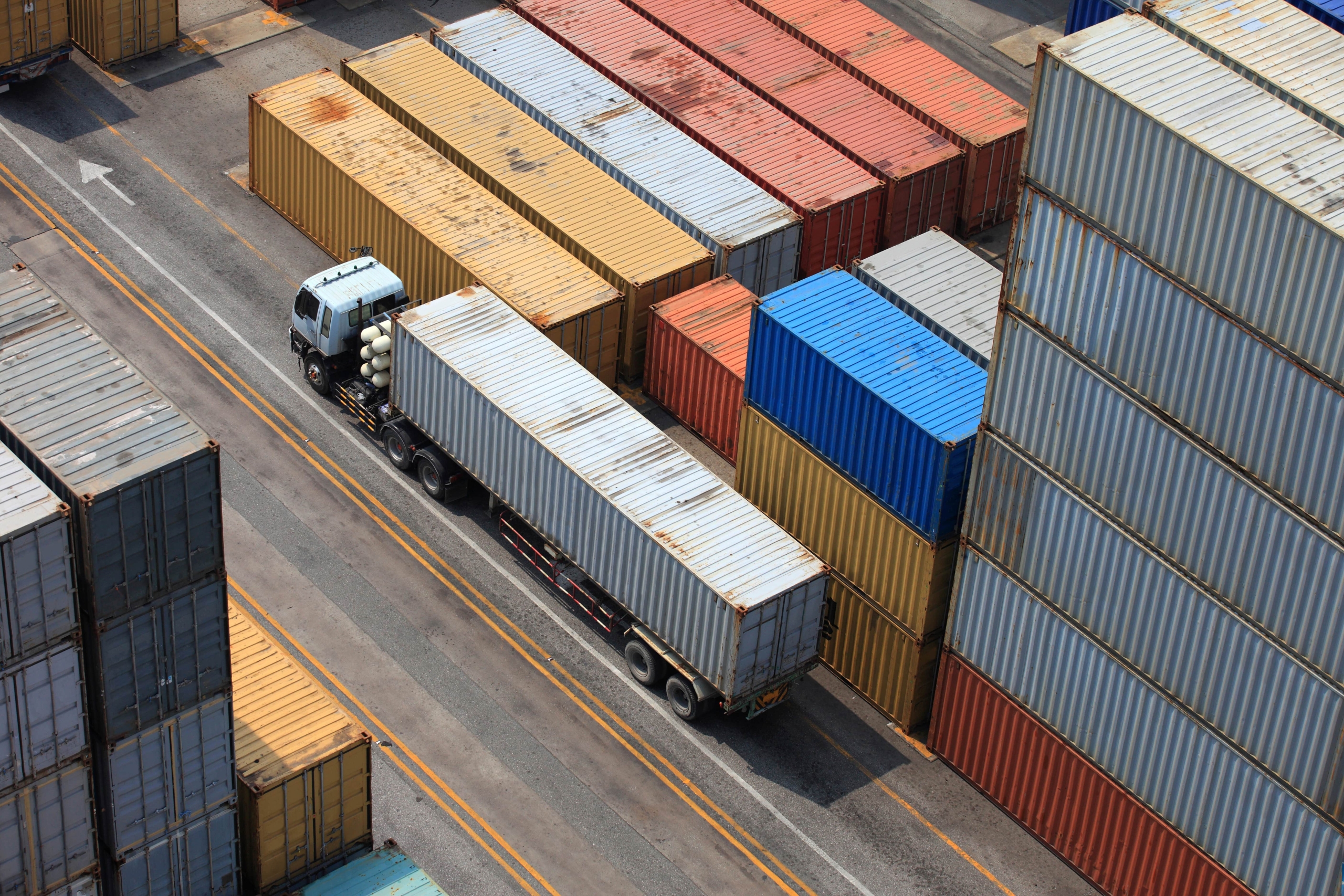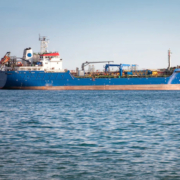Our topic for today is Intermodal vs Transloading. What distinguishes transloading from intermodal transportation? Say you have some freight that has to be transferred; many shipping techniques may get used to achieving this, so it’s critical to be aware of both possibilities. Which is best for you, though?
Intermodal vs Transloading: Details About Intermodal vs Transloading
In the sections that follow, we define transloading and intermodal in detail. We also outline their main differences to help you understand how to include each of them in your supply chain.
Intermodal Shipping: What Is It?
Moving whole shipping containers from one means of transportation to another is common as intermodal.
An illustration would be unloading a cargo container from an ocean liner directly onto a pickup truck or rail car without first touching the internal contents. Since the purpose of shipping containers is to be transferrable, they are popular as intermodal containers.
Before COVID, it was more and more likely that freight would get moved in more than one way. So, both organizations in the supply chain and businesses are attempting to obtain freight capacity. Intermodal shipping is one clever approach to accomplish this.
Intermodal vs Transloading | What is Transloading in Logistics?
Transloading is the process of loading all of the freight from one shipping container into another shipping container before continuing the transportation route. Transloading is most frequently present when a container has its picking from a port, driven to a warehouse, and unloaded. Then the contents go onto a truck for ultimate delivery. Additionally, cargo gets its transloading by air, most frequently from an aircraft to a truck.
A dedicated transloading facility is where the actual transloading is present. It is a specialized area, frequently situated next to railroad lines, with the employees, tools, and advantageous setting needed to complete the task as quickly and effectively as possible.
Transload Meaning in Shipping
Transload shipping and intermodal shipping are similar. In reality, many shippers need clarification on the two names and need to realize there are important distinctions between them.
In contrast to intermodal shipping, transload shipping places more emphasis on the container than the actual cargo. What we mean is this:
Products are present between trucks and trains during transload shipment. While the same container has its transportation by truck and train in intermodal shipping, conveyances are frequently opposite between modes in transload shipping.
A good might be loaded onto a truck, moved to a transload facility, unloaded from the truck, and then placed onto a rail car as an application of transloading. Alternatively, a pallet could be loaded into a truck reefer container, taken out, and placed inside a railway container.
Transloading Example
In some cases, a large ocean cargo may need to be more significant to enter a particular port despite its geographic advantages. This restriction can be overcome by sending a smaller boat out into deeper waters to meet a larger sea vessel and transload the freight to bring it into port. When the cargo reaches land and goes by boat, it is now on trucks or rail; it is also possible to transload it nearly immediately. To clarify, transloading removes freight from one mode of transportation and places it in another.
Transloading Container
A transload container is a shipping container that has its loading onto a boat, train, or, in less frequent circumstances, a flatbed truck after its packaging. Up until the start of the actual transloading, the container itself aids in the transportation of the freight. After that, the container goes into another shipping container or the rear of a truck carrying freight.
Most containers utilized in container transloading are ocean shipping containers and begin their journeys abroad. There are numerous sizes available, but three, in particular, are the most common:
- 20-foot container for transportation
- 40-foot container for shipping
- 40-foot-tall cargo containers
Transloading Services
You must wonder, “What’s the reason for using transloading services near me?” The fact that transloading services are likely to be crucial in ensuring that your freight can go from its origin to its destination is one of the main reasons they are genuinely necessary and not just preferable.
No one would have thought to do it if there weren’t a genuine, practical benefit to loading and unloading cargo in the middle of a journey. The most basic forms of transportation, such as trains, boats, planes, and trucks, all have drawbacks.
Transload Facility
A transloading facility is where freight changes from one means of transportation to another. It may be outside or even inside a warehouse-type building. When the facilities are outdoors, the location is typically close to railroad lines that are not far from highways, making them reachable by trucks and trains.
Although railroads play a significant role in logistics, many establishments, including shops and warehouses, need direct access to railroads. That is the purpose of transloading facilities.
Intermodal vs Transloading | Wrapping Up!
Transloading is a type of intermodal shipping in the broadest sense because it combines two or more modes of transportation. Transload shipping is, therefore, fundamentally equivalent to intermodal shipping. But there is a critical distinction between the two that does set them apart slightly. The method used to transfer freight between vehicles differs.
Read More:
Intermodal transportation vs Multimodal Transportation
